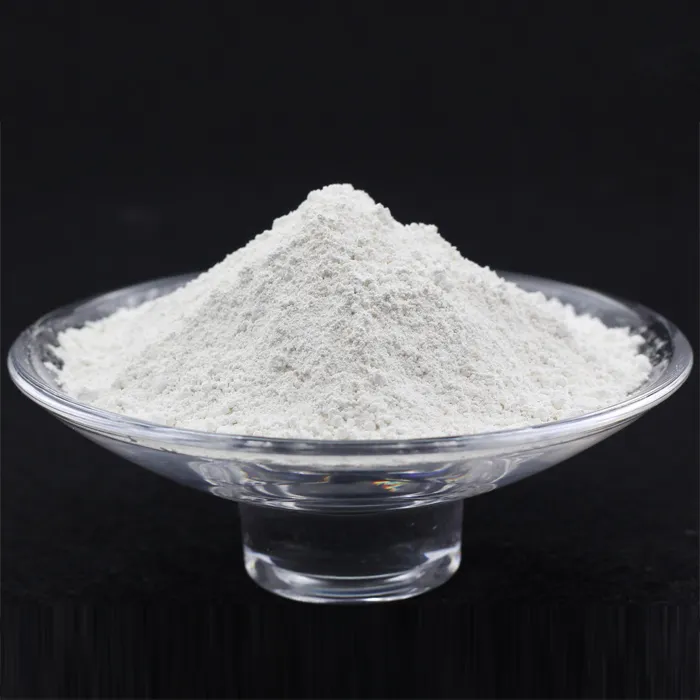Chemical Water Purification Methods A Comprehensive Overview
Water is essential for life, but access to clean and safe drinking water remains a challenge in many parts of the world. To address this issue, various water purification methods have been developed, among which chemical methods play a significant role. These methods leverage chemical reactions and processes to remove contaminants and improve water quality. In this article, we will explore some of the most common chemical water purification methods and their applications.
One of the most widely used chemical methods for water purification is coagulation and flocculation. This process involves adding coagulants—substances such as aluminum sulfate, ferric chloride, or polyaluminum chloride—to the water. These chemicals help to aggregate small particles and impurities, forming larger clusters known as flocs. Once these flocs have formed, they can be easily removed from the water through sedimentation or filtration. This method is particularly effective in removing suspended solids, colloidal materials, and some pathogens.
Another essential chemical method is chlorination. Chlorine, a powerful disinfectant, is commonly used to treat drinking water and wastewater. When chlorine is added to water, it reacts with organic and inorganic substances to kill bacteria, viruses, and other harmful microorganisms. Additionally, chlorination helps to control tastes, odors, and color caused by organic matter in the water. However, public health concerns have arisen over the formation of disinfection byproducts, such as trihalomethanes (THMs), which can occur when chlorine reacts with organic material. As a result, water treatment facilities often monitor and regulate chlorine levels to ensure safety.
chemical water purification methods

Ozonation is another effective chemical purification method. Ozone (O3), a powerful oxidant, is used to eliminate a wide range of contaminants, including bacteria, viruses, and chemical pollutants. The ozone treatment process involves bubbling ozone gas through water, where it reacts with and breaks down harmful substances. One of the significant advantages of ozonation is that it does not leave harmful residues like some other chemical treatments. Moreover, ozone can effectively reduce taste and odor issues, making water more palatable. Nevertheless, the use of ozone requires specialized equipment and careful handling, as it is unstable and can be hazardous in high concentrations.
Ion exchange is a chemical method focused on the removal of specific ions and impurities from water. This process utilizes resin beads that carry charged ions. Water passes through these resin beads, where undesirable ions, such as lead or calcium, are exchanged for harmless ions like sodium. Ion exchange is particularly useful for softening hard water, removing heavy metals, and treating water with elevated concentrations of specific contaminants. While effective, the process does require regular maintenance and regeneration of the resin to ensure optimal performance.
Another notable chemical method in water purification is reverse osmosis (RO). Although primarily a physical separation technique, RO systems often employ chemical pretreatment to optimize their performance. Chemicals such as anti-scalants and disinfectants are used to prevent membrane fouling and biofilm growth. In the RO process, water is forced through a semi-permeable membrane, which allows only water molecules to pass while rejecting larger molecules and ions, effectively removing salts, organic compounds, and contaminants.
In conclusion, chemical water purification methods are vital tools for ensuring safe, clean drinking water and treating wastewater. Techniques such as coagulation, chlorination, ozonation, ion exchange, and reverse osmosis serve various purposes in different contexts. While the benefits of chemical treatments are evident, it is crucial to consider potential drawbacks, including the formation of harmful byproducts and the need for careful handling of chemicals. Ultimately, a comprehensive understanding of these methods and their applications is essential for effective water management and public health. The ongoing development and innovation in water purification technologies will continue to play a crucial role in addressing the global water crisis.

